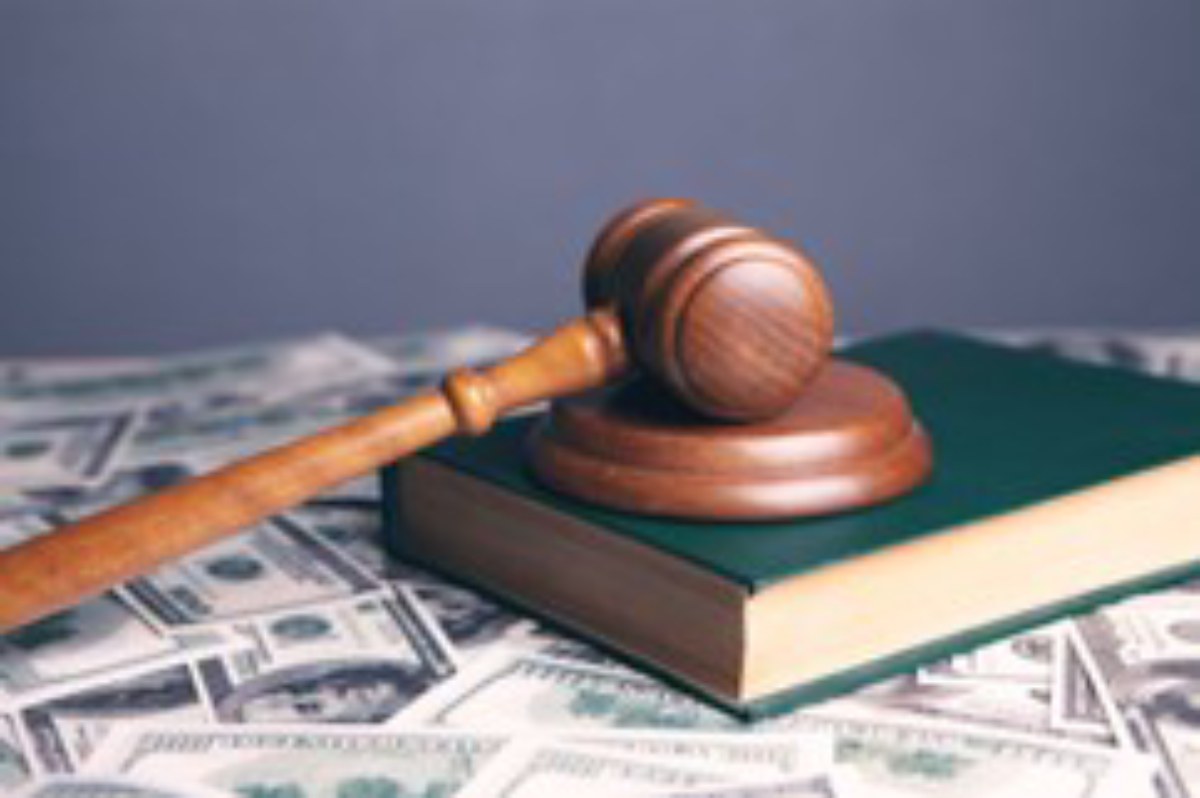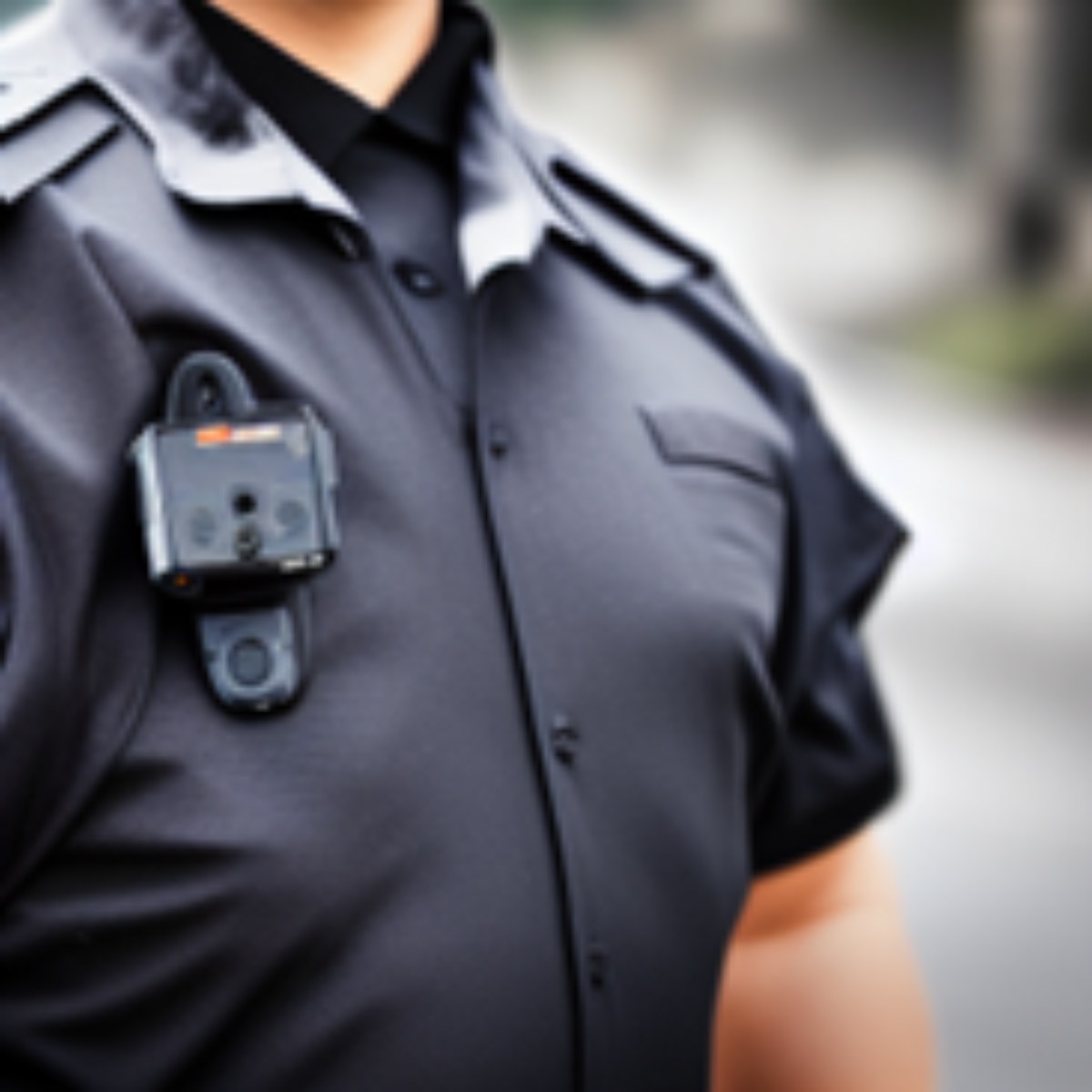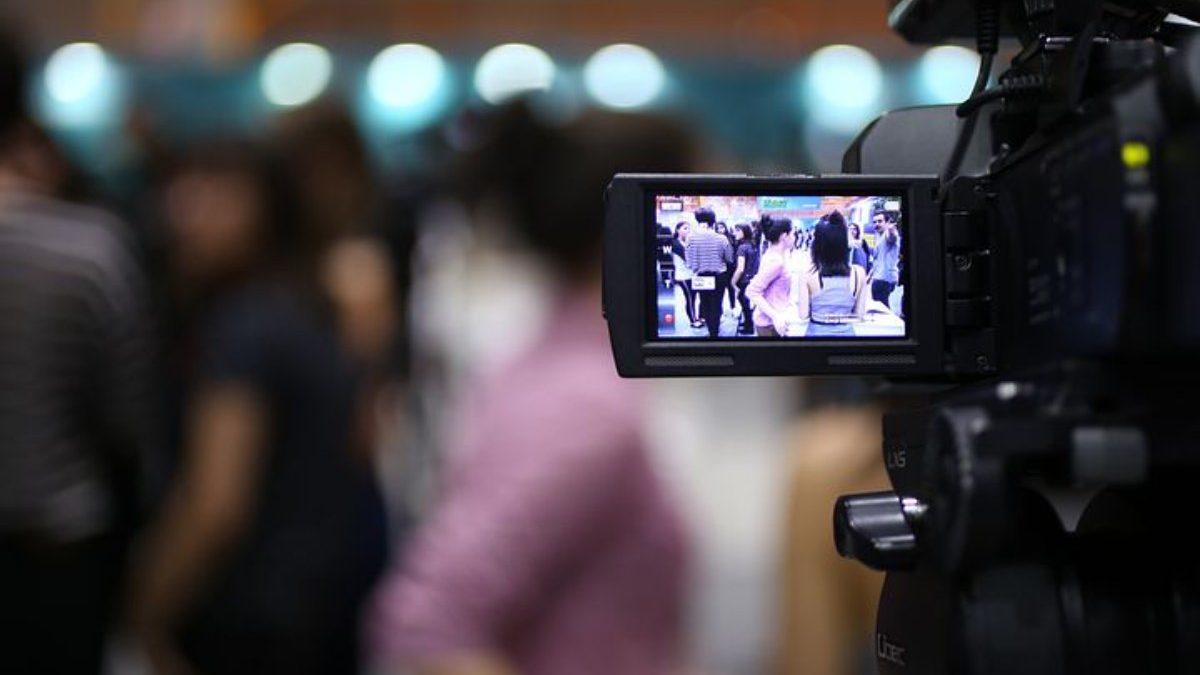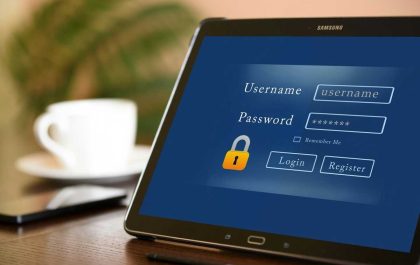When it comes to using body camera footage as evidence in court, there are a few things that prosecutors need to take into account. In this commentary, we’ll discuss the impact of BWCS on prosecutors’ perspective.
Table of Contents
ToggleUsing Footage as evidence
Body camera footage can be used as evidence in court in a few different ways. The first way is by the prosecution introducing the footage as evidence against the defendant. The second way is by the defense introducing the footage as evidence in support of their client. And the third way is by the judge admitting the footage into evidence on their own accord.
When the prosecution introduces footage as evidence against the defendant, they are essentially saying that the footage shows what happened and that it is an accurate portrayal of events. This can be tricky to do, because there is always the possibility that the footage has been tampered with or edited in some way. However, if the prosecution can prove that the footage is an accurate portrayal of events, then it can be very powerful evidence against the defendant.
The defense can also use body camera footage as evidence in support of their client. This is often done when the footage shows the police officer acting in a way that could be construed as aggressive or violent. If the defense can show that the officer was acting aggressively, then it can help to show that their client was not the aggressor in the situation.
Lastly, the judge can admit body camera footage into evidence on their own accord. This is usually done when the footage is particularly damning against the defendant or when it is necessary to understand what happened during the course of the incident.
When it comes to using body camera footage as evidence, prosecutors need to be very careful. The footage can be powerful evidence, but it can also be tampered with or edited in ways that could impact the outcome of the case. Therefore, prosecutors need to make sure that they are only using footage that they trust and that they believe to be an accurate portrayal of events.
Expectations
The rules for using BWC footage as evidence in court vary from country to country. In the United States, there is no federal law governing the use of BWCs by police officers, so each state has its own rules. Some states require officers to turn on their cameras when responding to a call, while others allow officers to choose when to activate the camera.

In the United Kingdom, the use of BWCs is regulated by the Police and Criminal Evidence Act 1984 (PACE). PACE requires officers to turn on their cameras when they are engaging in stop and search activities, or when they are using force against a suspect.
In Canada, the use of BWCs is governed by the Canadian Charter of Rights and Freedoms. The charter requires police officers to turn on their cameras when they are interacting with the public, or when they are engaging in activities that could potentially lead to the use of force.
Courtroom
Coutroom proceedings are often based on the evidence and testimony of those who were present at the scene of a crime. This evidence can be used to paint a picture of what happened, and help to convict or acquit a defendant. In recent years, another type of evidence has been increasingly used in courtrooms: body camera footage.
Body cameras are small, wearable cameras that record video and audio of an officer’s interactions with the public. They are typically mounted on an officer’s chest or head, and activate automatically when an officer draws their gun, or manually when an officer presses a button to turn them on.
Body camera footage can be extremely useful in court proceedings. The footage can provide a clear record of what happened, and help to confirm or refute the testimony of witnesses. In some cases, body camera footage has been used to exonerate defendants who have been wrongfully accused.
Evidentiary value of body-worn cameras
The use of body cameras by police and security has increased rapidly in recent years, as the technology has become more affordable and widespread. The footage captured by these cameras can be extremely valuable in court proceedings, providing a clear record of what happened at the scene of a crime.

There are several ways in which body camera footage can be used as evidence in court. The footage can be used to corroborate the testimony of witnesses, or to refute false claims made by defendants. In some cases, body camera footage may be the only evidence available to prosecutors.
Despite the benefits of using body camera footage as evidence, there are some challenges that need to be considered. Body camera footage can be grainy or blurry, making it difficult to identify individuals or objects. In some cases, body camera footage may be edited or tampered with.
It is important to remember that body camera footage is just one type of evidence that can be used in a court case. Prosecutors should consider all of the evidence available before making a decision about how to proceed.
Summary
Body camera footage can be an extremely useful piece of evidence in court proceedings. It can provide a clear record of what happened, and help to corroborate or refute the testimony of witnesses. However, there are some challenges that need to be considered when using body camera footage as evidence. Prosecutors should consider all of the evidence available before making a decision about how to proceed.
Related posts
Hot Topics
What is Kafka Used For: A Complete Guide
What is Kafka used for? If you’ve been diving into the world of distributed systems, microservices, or data streaming, you’ve…
How Do Password Managers Work? The Guide That Finally Makes Sense
Ever wonder how do password managers work and whether they’re actually safe? I get it. The idea of putting all…



